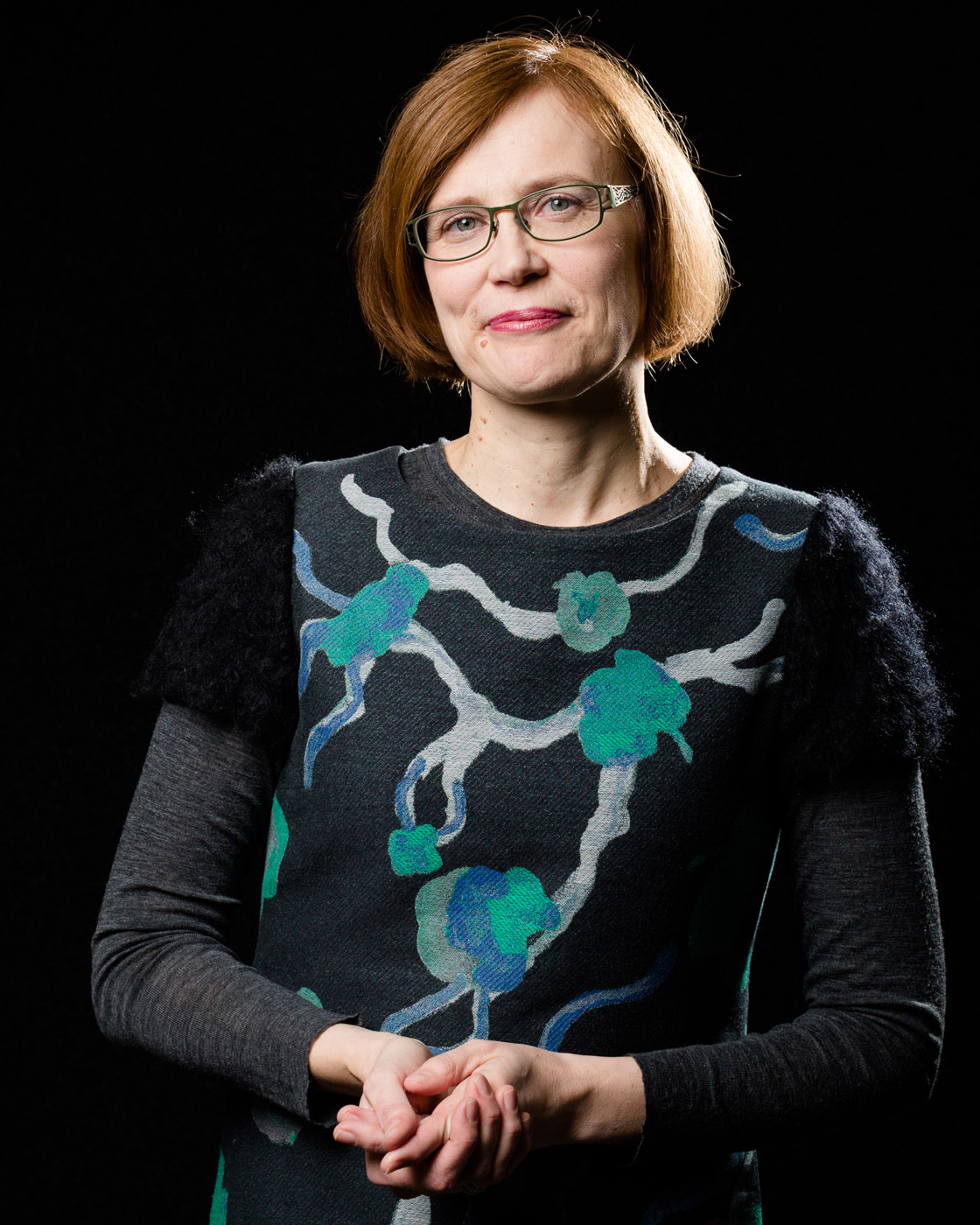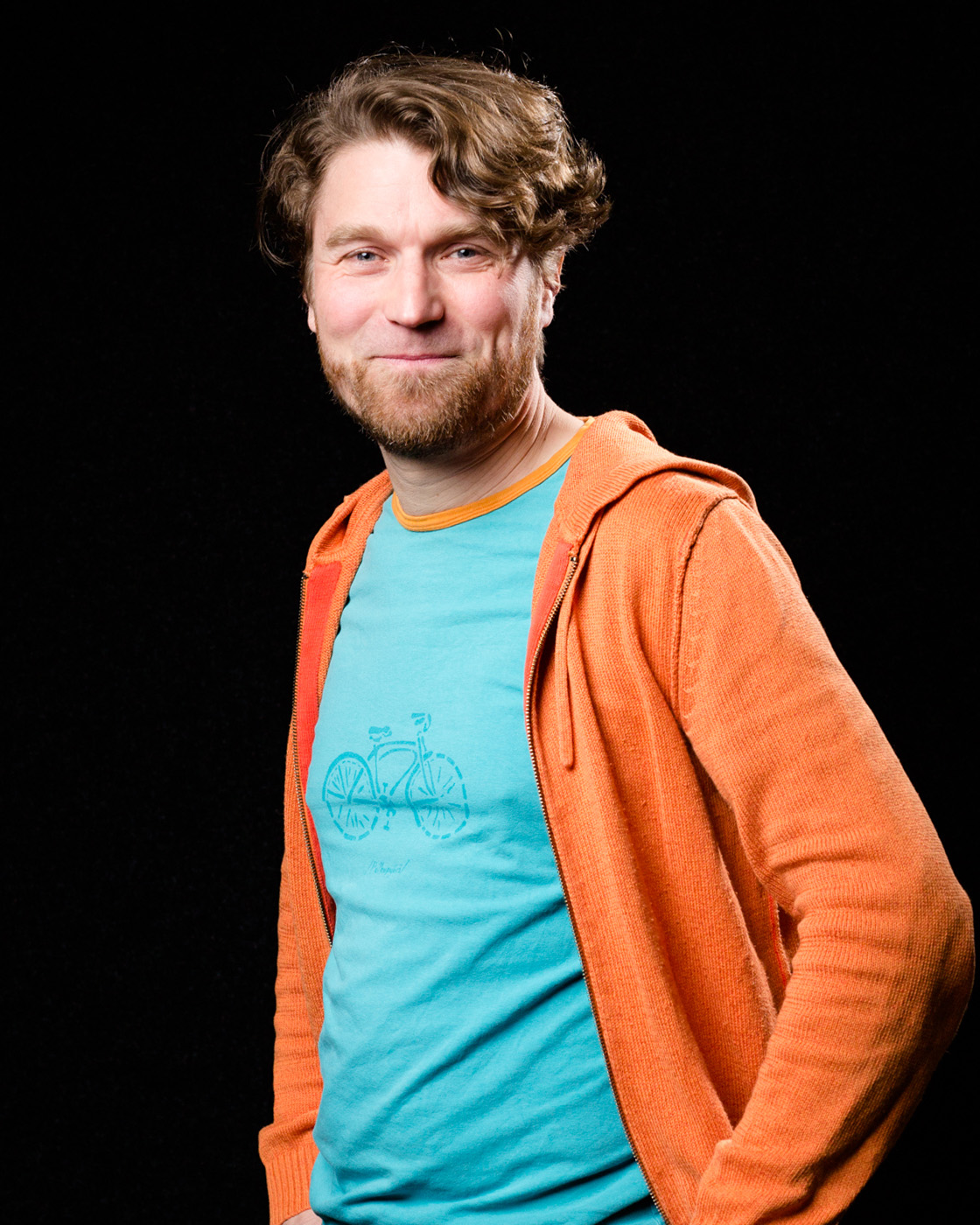The most interesting initiatives taken by municipalities to support the circular economy
Sitra’s list of the most inspiring measures local authorities have taken in the field of the circular economy in Finland presents examples others can also implement.
The circular economy is a challenge that local authorities must also face. In the new age that we are entering, there will no longer be constant production of goods. Instead of ownership, consumption will be based on the use of services: on sharing, renting and recycling. Materials are not destroyed at the end of their useful life but are used to make new products over and over again.
Are municipalities ready to produce services and sustainable well-being for their residents in a new way? How has the circular economy been taken into consideration in municipal strategies, and in procurement? Do local authorities employ circular economy solutions in their own activities, and do residents and companies know about the opportunities offered by the circular economy?
The list highlights the most interesting circular economy initiatives and solutions chosen by municipalities. Another aim is to boost the visibility of the benefits of the circular economy. The featured ideas will increase awareness of the opportunities offered by the circular economy. We also want the best circular economy solutions to expand to other parts of Finland.
The list includes activities that are in line with the circular economy, individual measures or undertakings, development work in service technology, and extensively developed innovations in different areas of municipal activity.
What do we do?
Sitra’s circular economy team has compiled the list along the lines of Sitra’s list of the most interesting companies in the circular economy. It collects observations on the most interesting schemes taken by municipalities in connection with the work of the circular economy focus area. In addition, we collect tips from the authorities themselves. The list is open to all municipalities and joint municipal authorities.
With the publication of the first list in April 2018, those behind the most interesting circular economy projects received a monetary prize of 10,000 euros. A panel chaired by Kari Herlevi, Project Director for the circular economy at Sitra, decided the awarding of prizes. Sitra is also able to use the help of outside experts in its evaluations.
The sections of the competition
The competition has four sections. Below are some examples of the kinds of circular economy ideas that a municipality can implement.
Strategy and management – Do the circular economy, the wise use of resources and/or carbon neutrality permeate the municipality’s strategy and management? How is an authority to be guided in the direction of the circular economy? Have the municipality’s strengths been recognised? Has the strategy been put into practice in management, and is the fulfilment of the goals being monitored and measured? Have measures promoting the circular economy been taken into consideration in the budget? What about the planning of the use of land? Does the municipality direct the companies under its ownership – for instance in waste management, water supply or energy – towards circular economy solutions?
The circular economy market – How does a local authority facilitate the circular economy? What kinds of procurements are made (procurement as services, life-cycle procurements, innovative procurements, the promotion of circular economy ecosystems), and what about procurement categories and criteria? Does it use financing to promote the circular economy (impact investment promoting the circular economy, investments in the circular economy, use of financial instruments that advance the circular economy)? How has the local authority created opportunities for circular economy business or the circular economy market? A solution could also be found through co-operation with companies or co-operation with circular economy players in the world of business. A municipality can also create platforms for a new kind of business activity.
The circular economy in the municipality’s operations – This section is divided into five sub-classes.
A sustainable food system – The authority is conspicuously involved in the development of the region’s own food culture. The food system uses renewable energy, recycles the nutrients of food production and the food is also consumed in the region where it is produced. Food wastage is measured, reduced or minimised in public kitchens. What is the share of vegetarian food in the food supplied by public food services? Can agroecological symbiosis be found in the area?
Transportation – What solutions reduce car usage? What kinds of shared-use transport services have been enabled in the municipality and what are their availability and rate of usage? And what about that of public transport? How has cycling been enabled and made more attractive? How goal-oriented is traffic planning and are alternative means of transit used in the municipality’s own transport? Is there ride sharing across the traditional regional and operative boundaries? Are there examples of how communal transportation is supported in municipal organisations?
Waste management and recycling – Have the municipality’s other operations been taken into consideration in waste management? Have there been efforts to promote the management of run-off rain water, increased material efficiency, the reduction of the amount of waste and the increase of recycling and reuse? And what about the recycling of biodegradable waste and nutrients? Are valuable raw materials recovered from recyclable materials? Is there a progressive approach to waste-water solutions?
Construction and infrastructure – Does the municipality promote innovative reuse and shared use? Do building standards and property assignment criteria support the circular economy? What kind of life-cycle thinking and ecological planning is used in construction processes? And what about the solutions in the implementation of zoning, in public areas such as streets, for instance? Is there reuse of materials? How great a proportion of construction involves the use of wood? Is earth mass utilised? Has the overall amount of waste from construction been reduced, and do licensing officials have knowledge of and skills in circular economy matters?
Open category – Any other measures promoting the circular economy that are connected with the tasks of the municipality.
Local residents’ awareness of and education on the circular economy – Have campaigns to educate and teach residents about the circular economy been carried out in the municipality? Has awareness been increased? Is there education and training linked with the circular economy, are there circular economy events for municipal residents, and circular economy experiments or initiatives implemented together with residents, such as barometers and surveys?
Who is involved?
Compiling the list is the responsibility of Sitra’s circular economy team. The project has been planned in co-operation with the Association of Finnish Local and Regional Authorities.
Where have we got to so far?
The competition has now ended and the most interesting initiatives taken by local authorities were recognised in April 2018.
Our aim is to develop the idea of the most interesting initiatives in municipalities and seek more similar ideas by the end of 2019.



What is it about?